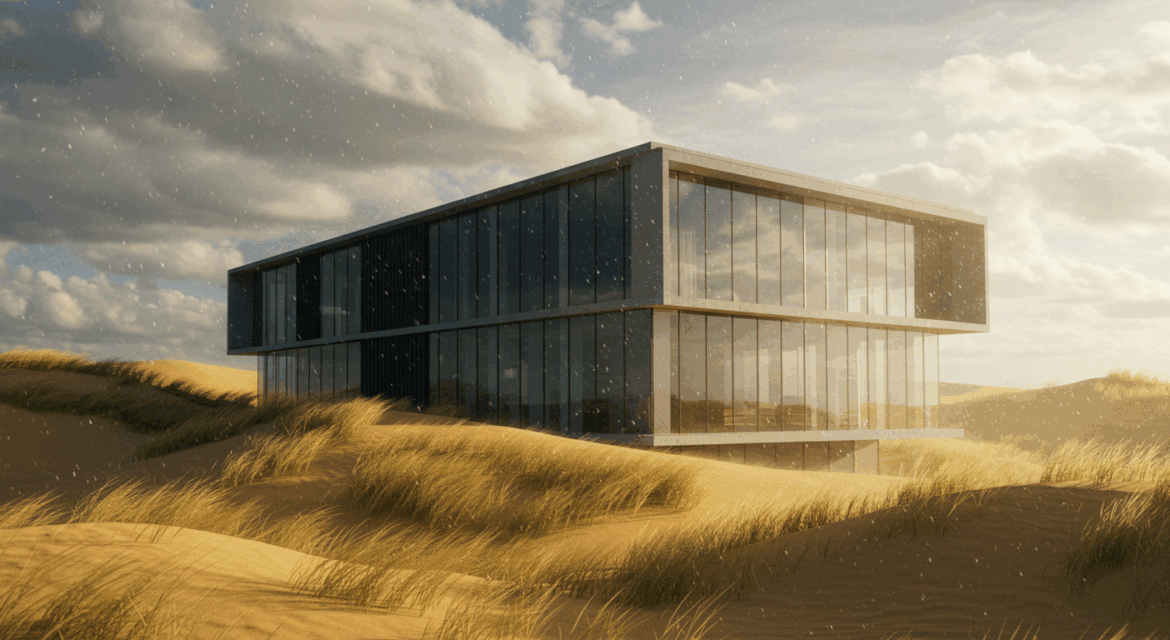No one expected that a project in a barren desert would be taught in engineering schools a decade after its completion. It wasn’t the largest project, nor the most expensive — but it was the smartest.
In the heart of the desert, where winds carry dust and rain rarely falls, engineers decided not to fight nature — but to invite it as a design partner. Instead of high concrete walls trapping sand, natural slopes were designed to guide winds away from roads. Instead of complex drainage networks, open channels followed the land’s natural slope, collecting rare rainwater and directing it to natural storage basins.
It was like composing a symphony — each element played its role without overpowering the others. The sun wasn’t fought with heavy roofs, but welcomed with smart shades that moved with its path. Winds weren’t blocked, but harnessed to naturally cool buildings.
On another coast, where waves meet beaches, a seawall was designed unlike traditional walls. It was curved, energy-absorbing, allowing partial water passage to maintain the ecological balance of nearby reefs. The seawall didn’t just protect land from the sea — it protected the sea from human wrath.
There’s a profound lesson here: Nature cannot be conquered — only understood. Projects that endure aren’t those that impose their will on the land, but those that learn its language and translate it into plans and maps.
Even in the heart of the city, where it seems humans have completely defeated nature, some are planting rooftops with vegetation, turning surfaces into green lungs, designing buildings that “breathe” with weather changes. Because sustainability isn’t a certificate to hang on the wall — it’s a rhythm we live with the earth every day.
In the end, great projects aren’t those that astonish the eye, but those that satisfy the earth… and comfort the heart.






